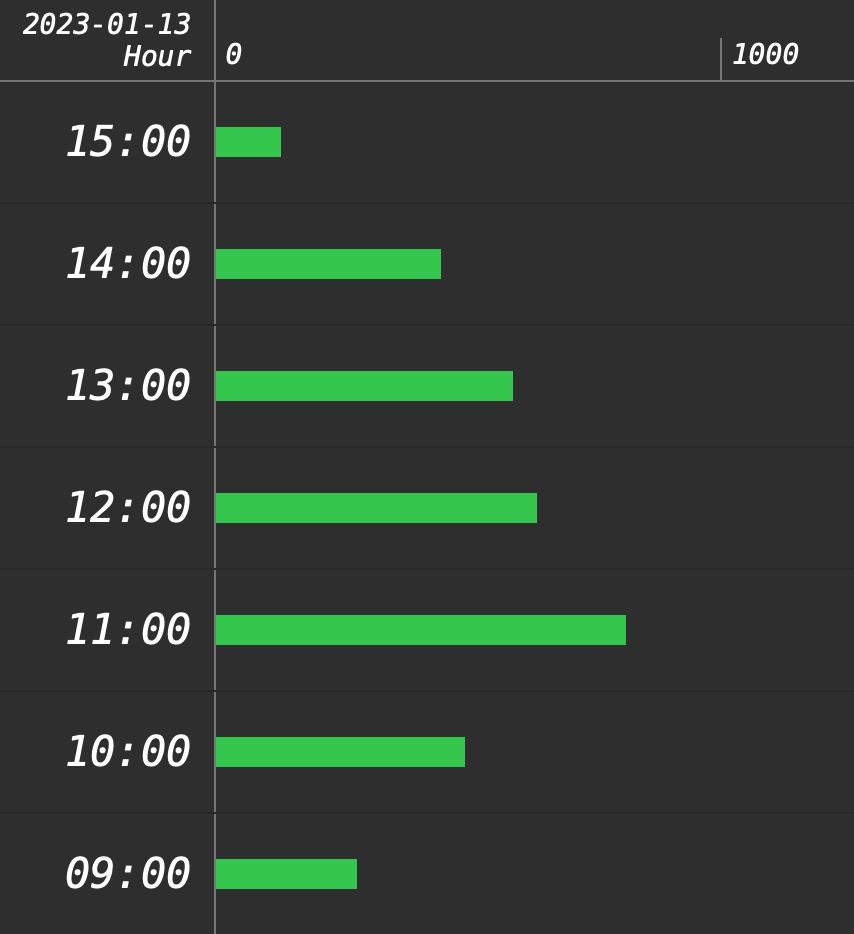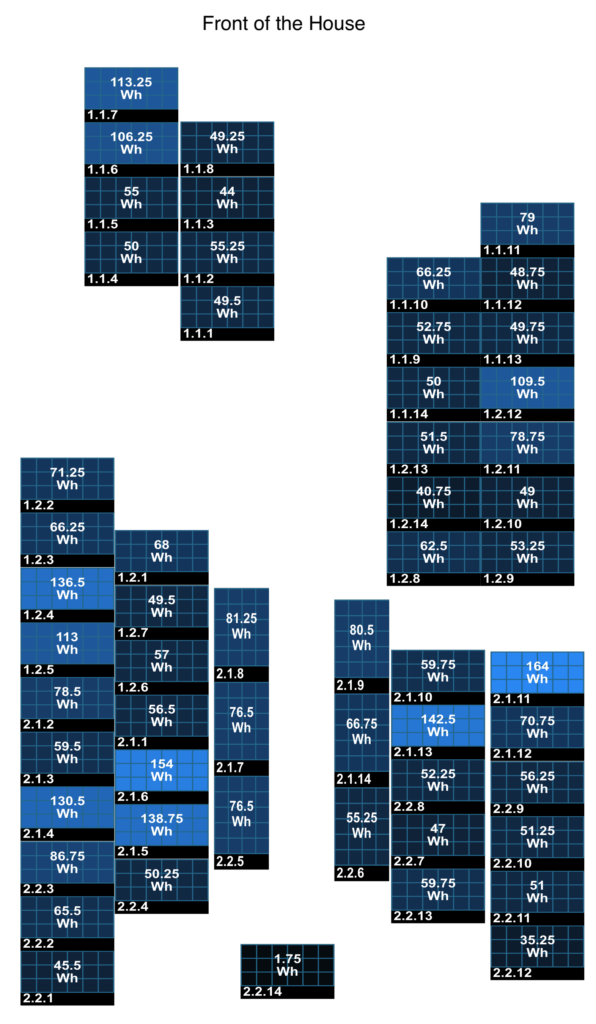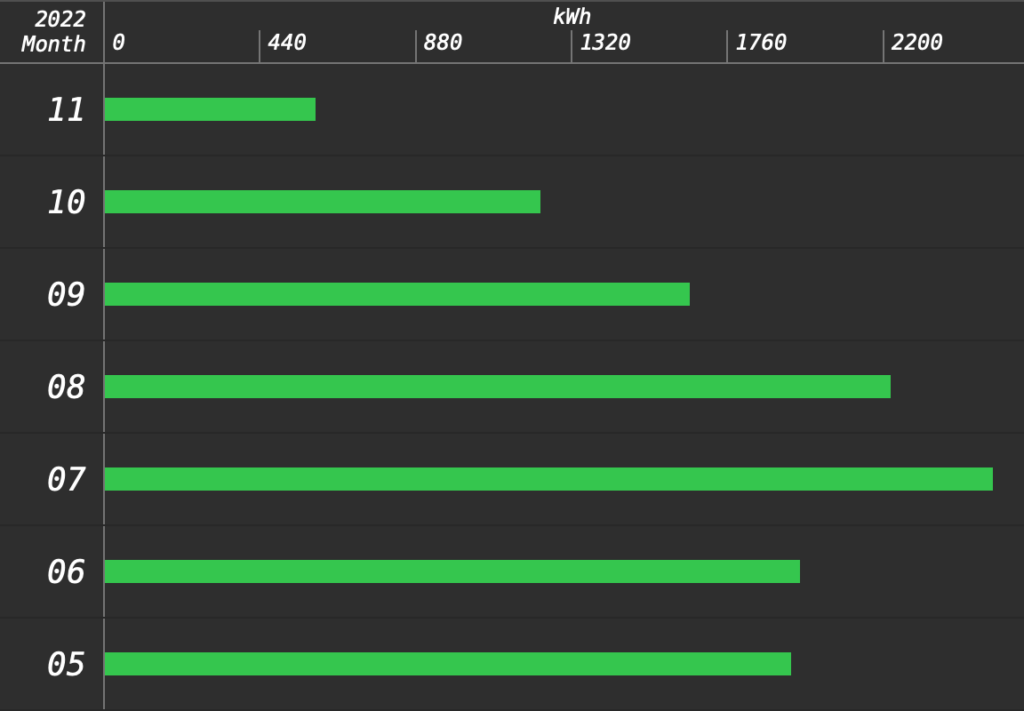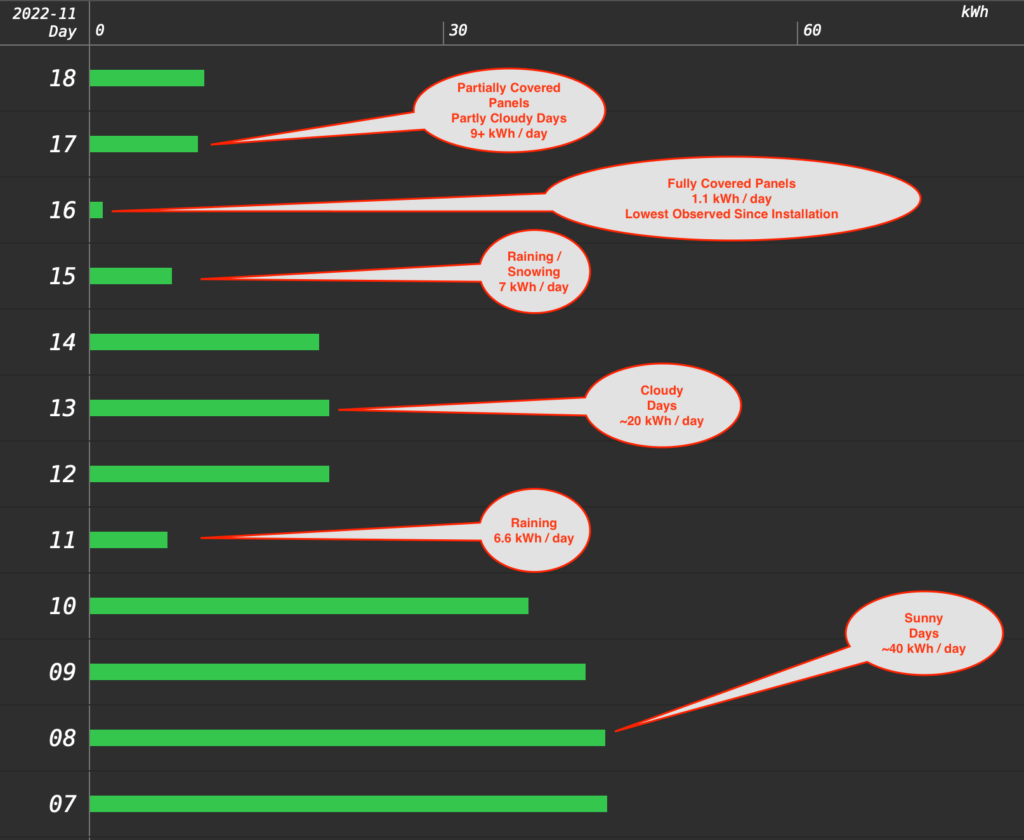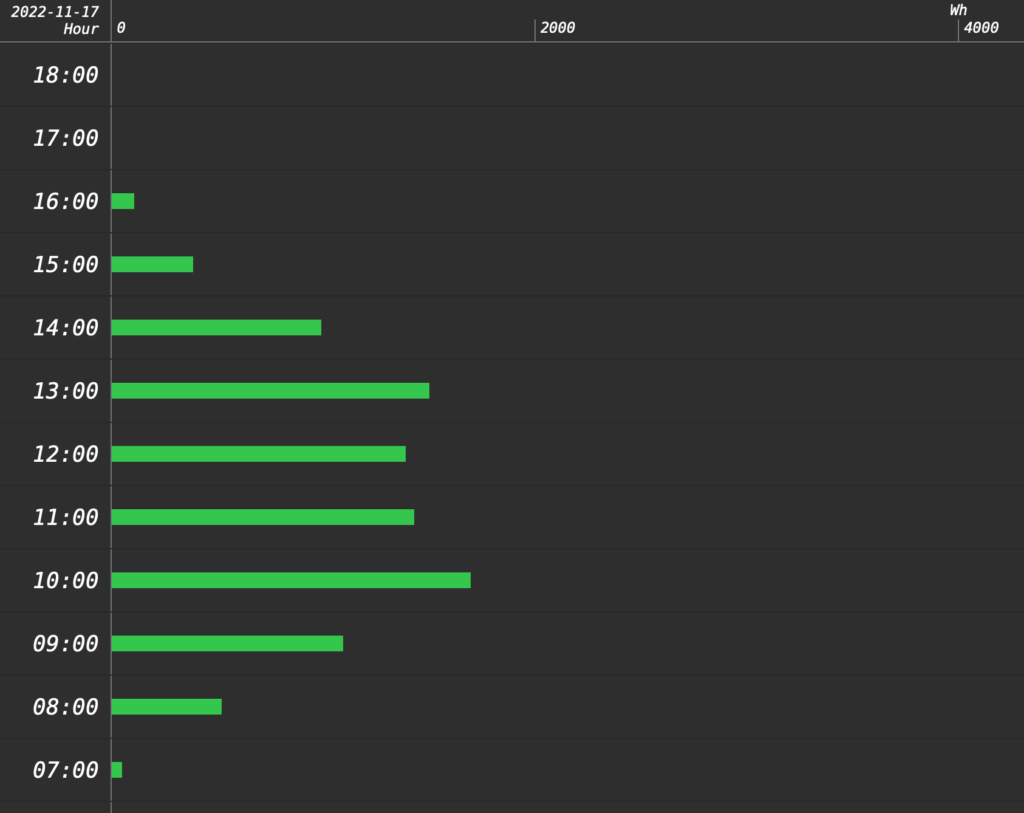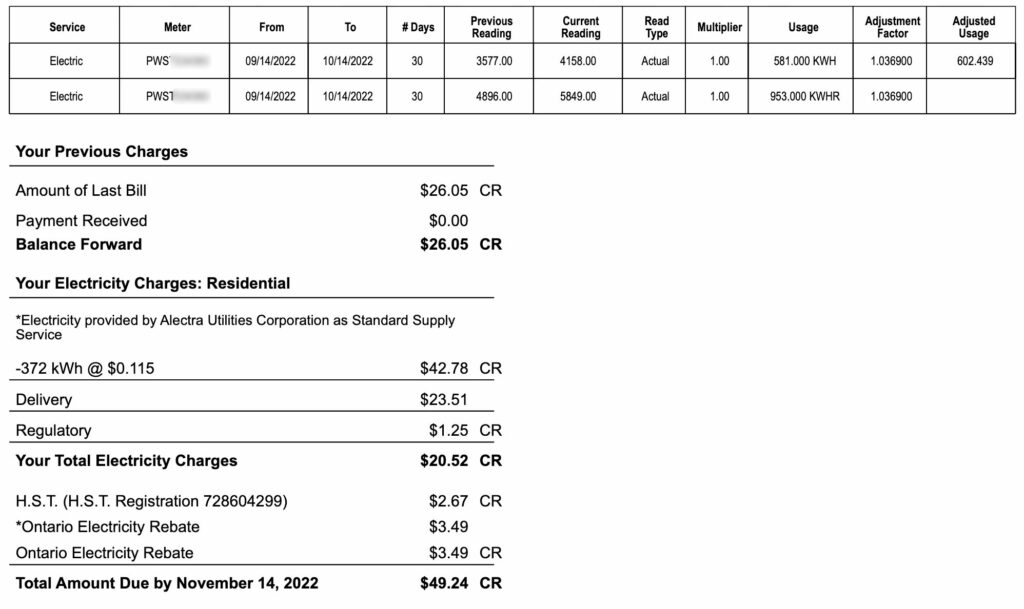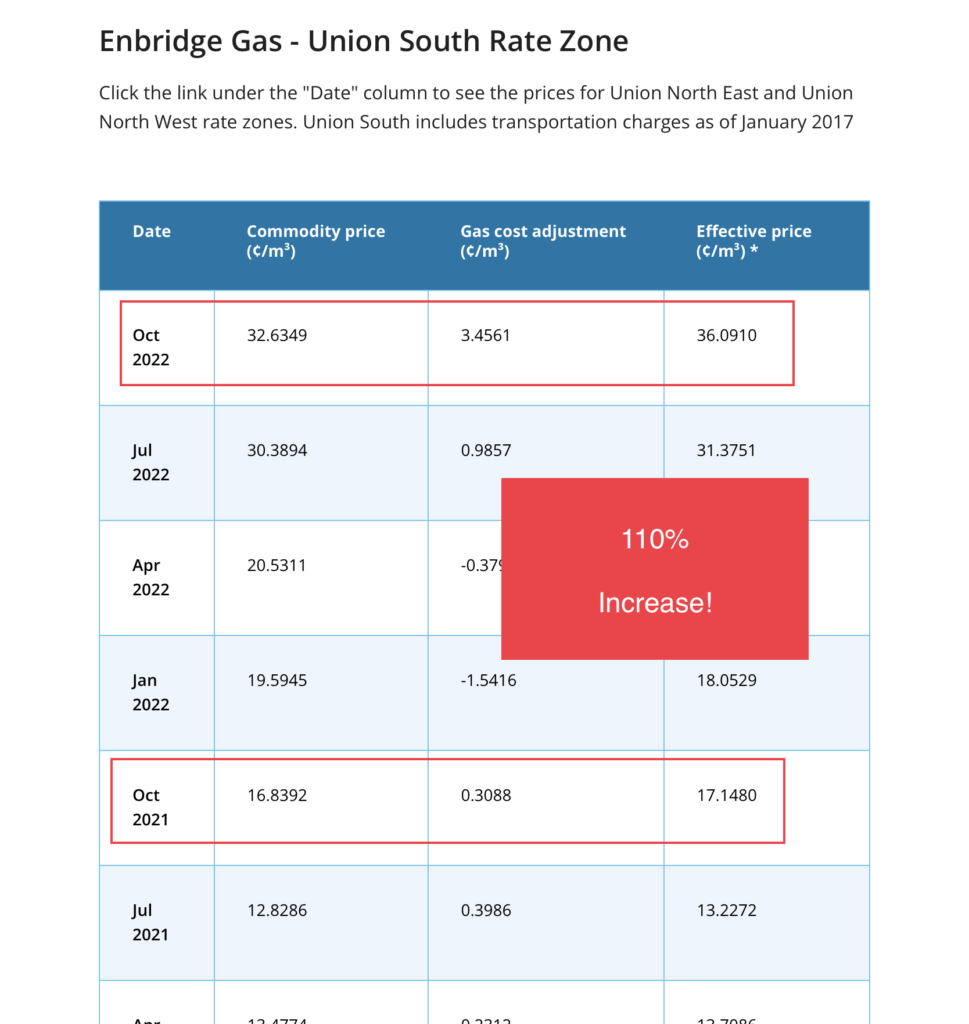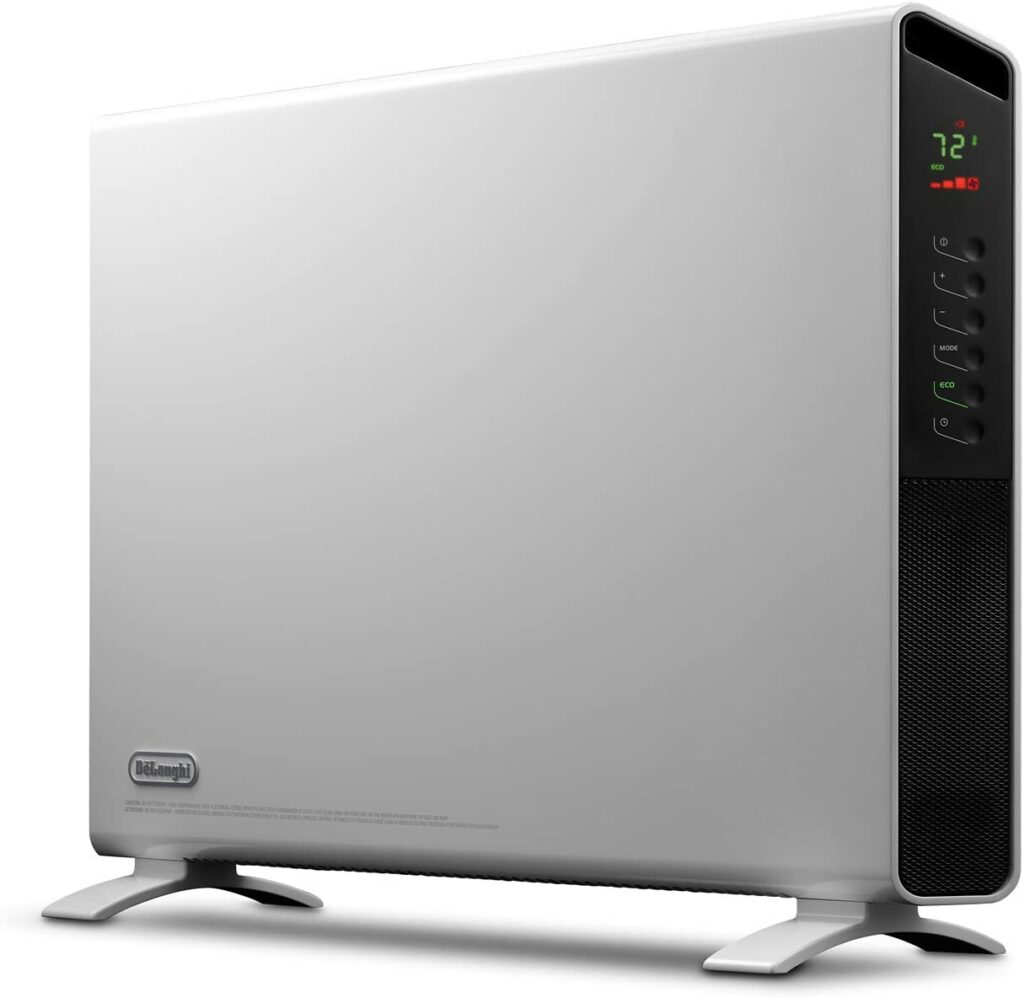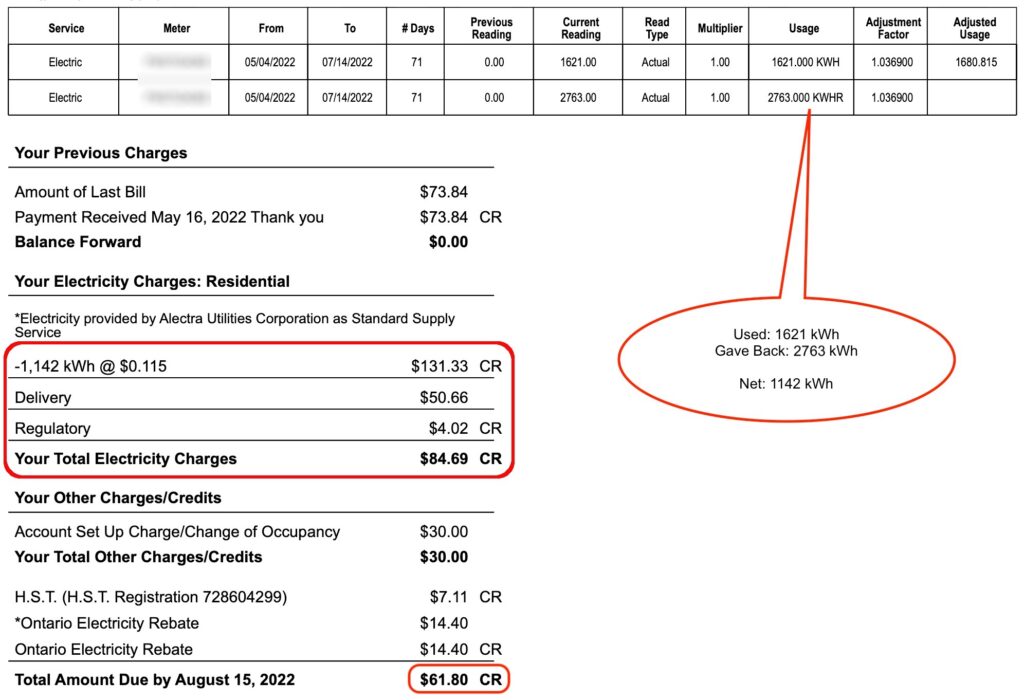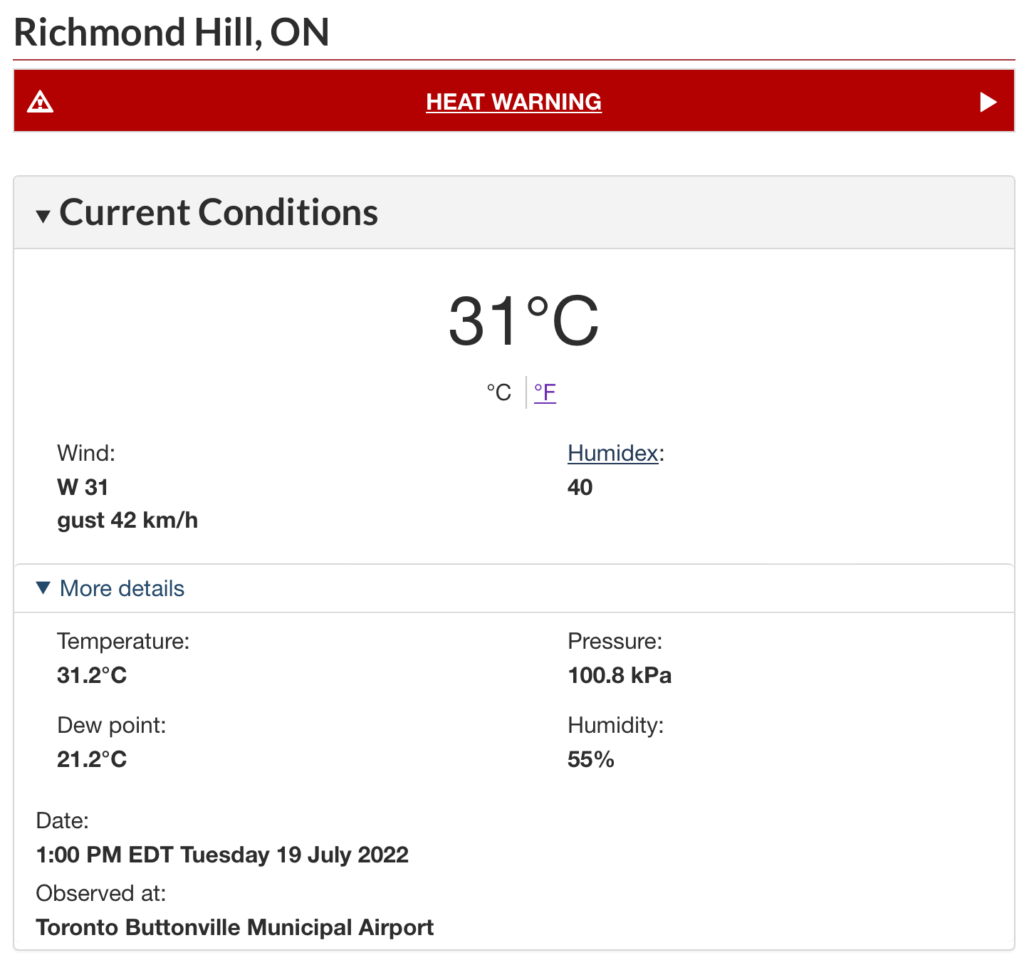We had an issue with our house backup batteries where one of the BMS (Battery Management Systems) on the battery told the Schneider Hybrid XW Pro inverters to halt operation due to an overage in the charging amperage. After carrying out some battery diagnostics and reporting back to Pylontech, it was found that one battery unit had cells in an imbalanced state. Pylontech has agreed to replace the unit but it was also suggested to Force Charge the batteries.
The procedure of force-charging the batteries apparently should be performed around every six months or so. Force charging essentially applies a charge to the batteries until the batteries reach the desired constant voltage, and then the batteries are kept at that voltage for around 8 hours. Under normal operation, the inverters and the BMS will coordinate the charge cycles.
Before force charging we had to ensure the following voltage settings are correct under both inverter’s battery settings.

As another precaution, I waited for the batteries to be normally charged at 100%. This is normally performed at around 8pm every evening in my office after peak hours. I also temporarily stopped the automation (cron jobs) that is responsible for manipulating the recharge and grid support SOC (state of charge) settings throughout the day. Both grid support and recharge SOC are set to 100 so that the battery has room to charge and is kept at 100%.
> solarUtil.sh -r 100 -g 100
set Grid Support SOC to 100
set Recharge SOC to 100We do not want to mess around with other charging parameters while performing a force-charge.
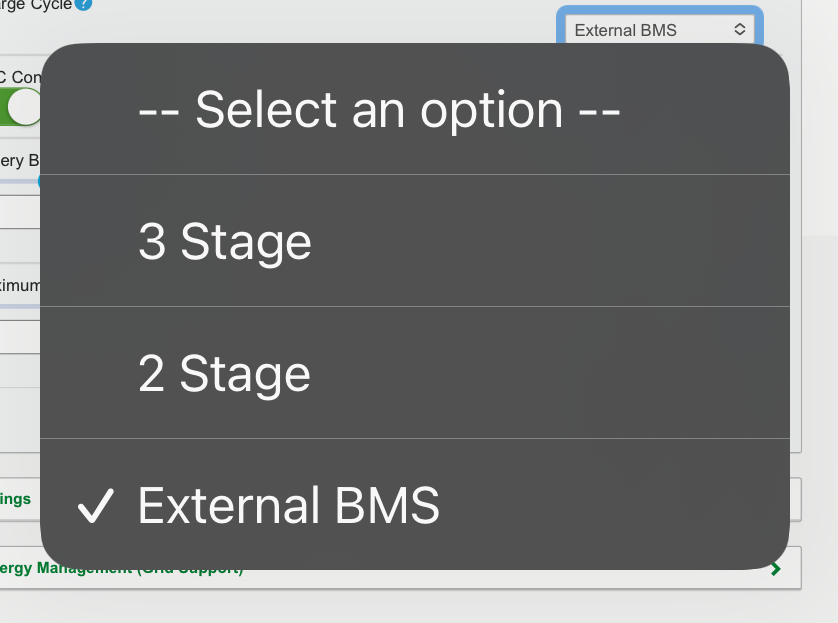
Once this is done we had to change the Charge Cycle from External BMS to 3 Stage on the Master inverter only. The available options are shown on the left. Once force charging is completed we can switch it back to External BMS.

With this configuration, we will only use the Master inverter to perform the force charge and leave the Slave configuration untouched.
Finally to trigger the force charge, we set the force charge parameter in the Control section of the Master inverter’s configuration to bulk.
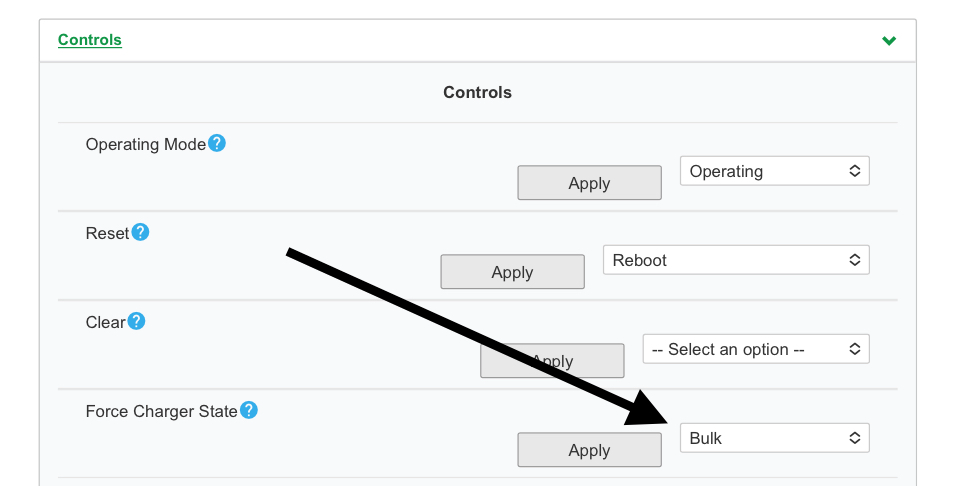
We leave these settings for about 8 hours or so and then we change the Charge Cycle back to External BMS and re-enable the automation of the cron jobs for normal operations.
